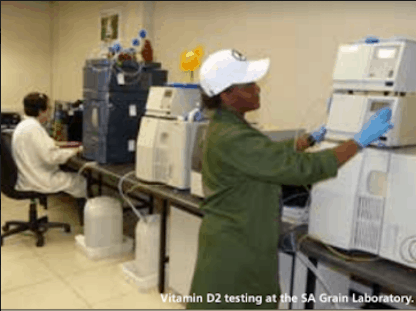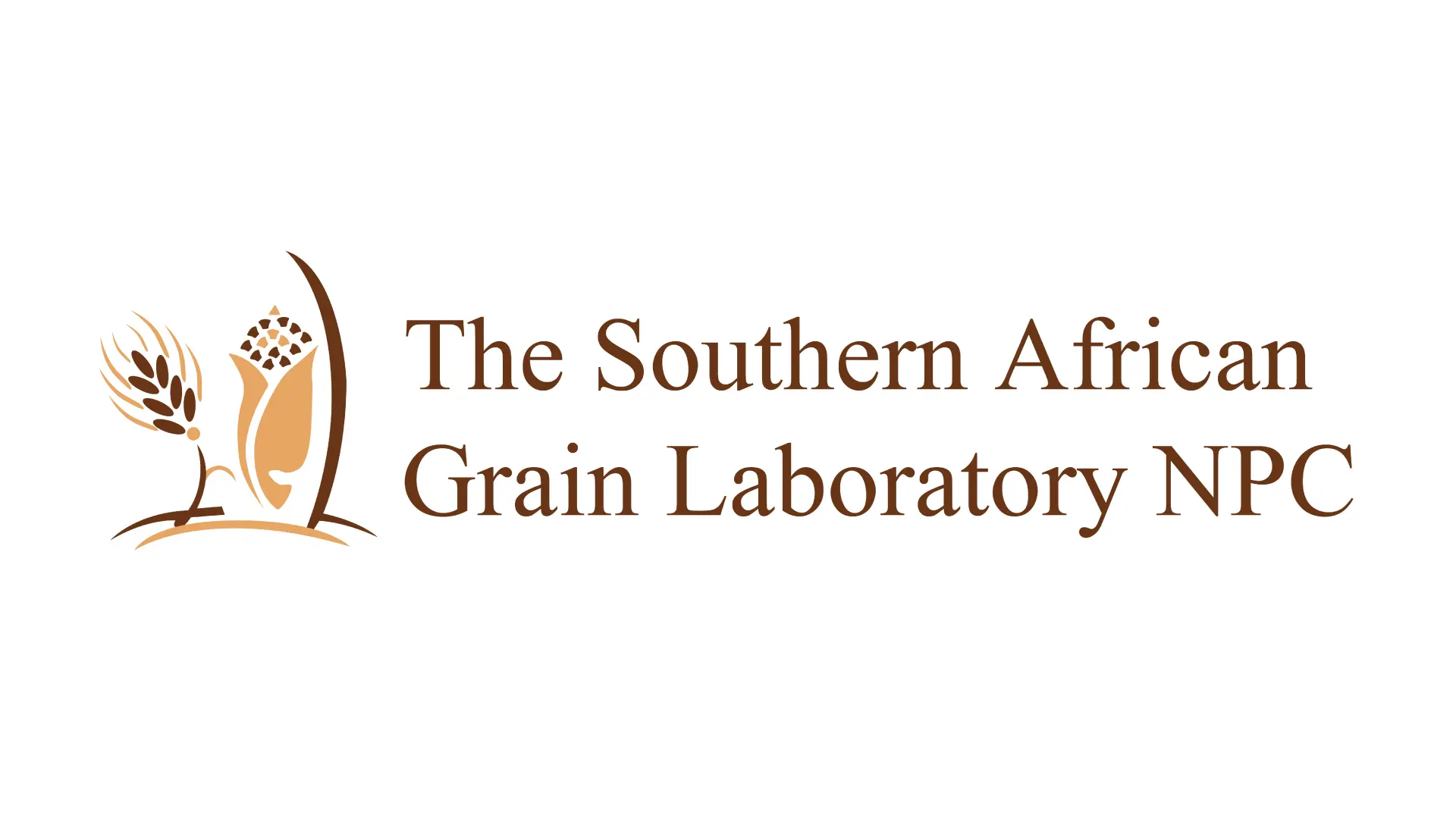
Vitamin D2 testing at the SA Grain Laboratory.
The Southern African Grain Laboratory (SAGL), accredited with South African National Accreditation System (SANAS), was recently accredited to perform Vitamin D2 testing on fortified bread, making it the first accredited laboratory in South Africa.
This is of benefit to the food industry, as the Foodstuffs, Cosmetics and Disinfectant Act (R146) makes it compulsory for companies to test their products that carry specific claims, every three years, as part of their due diligence.
The results of the SAGL’s Vitamin D2 testing compared successfully with those of an accredited laboratory in the UK. This is the result of Anchor Yeast’s initiative and funding to the SAGL
to support a South African laboratory for Vitamin D2 testing. “The SAGL was an obvious choice to partner with. They have both the capability and capacity to extend their testing to now include Vitamin D2,” says Jeannette Rosewall, Business Manager for Anchor Yeast. “The bread industry in South Africa now has a local laboratory offering reliable and affordable testing within 10 working days.”
The SAGL, established in 1997, offers accurate quality analyses to the grains and oilseed value chain in addition to laboratory training. Their extensive scope of grading, analytical and rheological testing covers the entire value chain from breeders to products ready for consumers and they also regularly test micronutrients, as part of the fortification programme. SAGL’s international awards and their participation in proficiency schemes serve as a powerful measurement of their competency and alignment with international standards.


